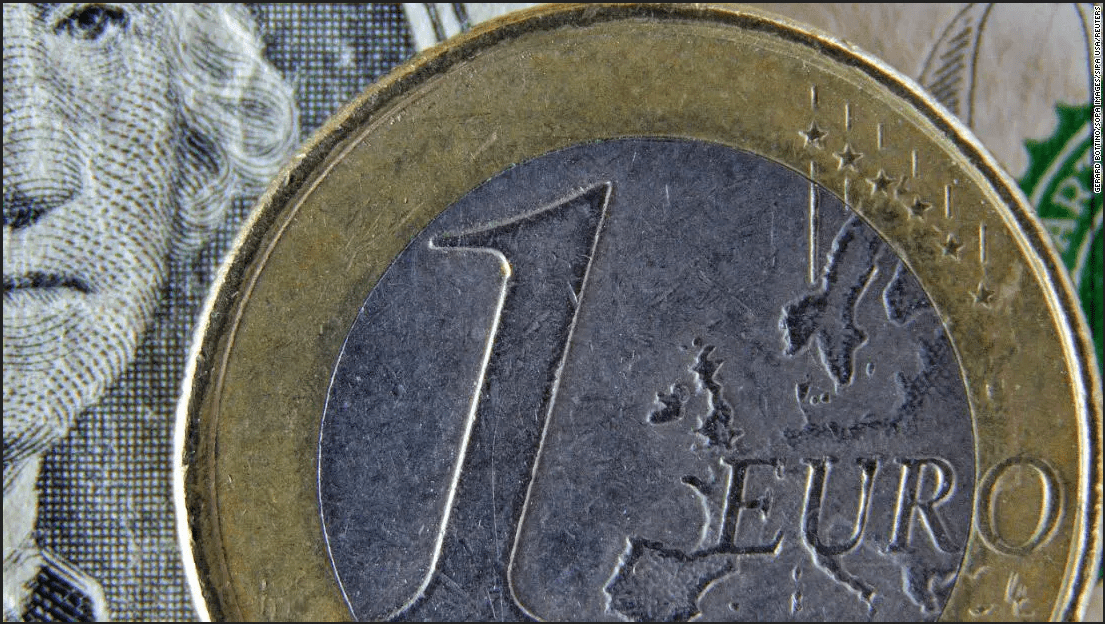The exchange rate between the dollar ($) and the euro (EUU) equaled for the first time ever in 20 years—the two currencies stood around equal. The euro began its slide on Tuesday, and at the start of the year it was purchasing about $1. Concerns about a recession in Europe caused by high inflation and of Russian energy supplies adversely affecting the economy in Europe fueled worries.
The European Union, which received roughly 40% of its gas through Russian pipelines before the war, has been working to reduce its reliance on Russian oil and gas. At the same time, Russia has throttled back gas supplies to some EU countries and recently cut the flow in the Nord Stream pipeline to Germany by 60%. The shutdown of that critical piece of gas import infrastructure in Europe, scheduled for 10 days’ maintenance due to begin on January 11, is raising concerns that it may not be turned on again. German officials fear that the shutdown may become permanent.
At the moment, the financial environment is coming with an economic slowdown against which the ECB has doubts about its ability to tighten policy to capture core inflation. The ECB has announced it will lift the cachet this month for the first time since 2011.
But some say the ECB is far behind the curve, and a hard landing is all but inevitable. Germany recorded its first trade deficit in goods since 1991 last week as fuel prices and general supply chain chaos significantly increased the price of imports. “Given the nature of Germany’s exports which are commodity-price sensitive and likely to remain so given their heavy reliance on oil, it remains hard to imagine that the trade balance could improve significantly from here in the next few months given a likely slowdown in growth,” Saxo Bank foreign exchange strategists wrote in a recent note.
Financial assets that experts previously anticipated would grow are increasingly threatened with strong interest rate hikes by leading central banks such as the Federal Reserve and stagnated growth. This has resulted, analysts report, in the swift removal of the euro as a safe-haven asset for investors.
The US Federal Reserve has hiked interest rates by 0.75 percent, while indicating that it will raise rates again in this month’s meeting. The safe haven retreat into the US dollar could become even more extreme if Europe and the US enter a recession, warned Deutsche Global Head of FX Research George Saravelos in a note last week. A situation where the euro is trading below the US dollar at a range of $0.95 to $0.97 could “well be reached,” wrote Saravelos, “if both Europe and the US find themselves slip-sliding in to a (deeper) recession in Q3 while the Fed is still hiking rates.” That’s good news for Americans with plans to visit Europe this summer but could spell bad news for economic global stability.



